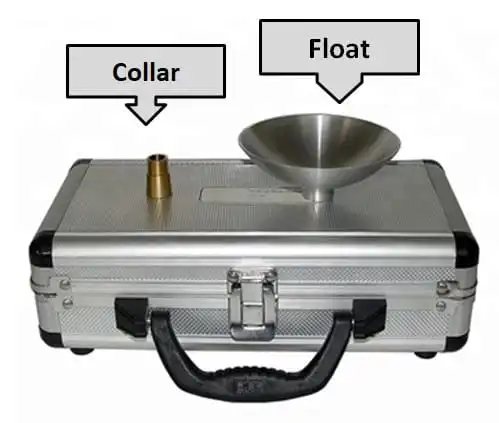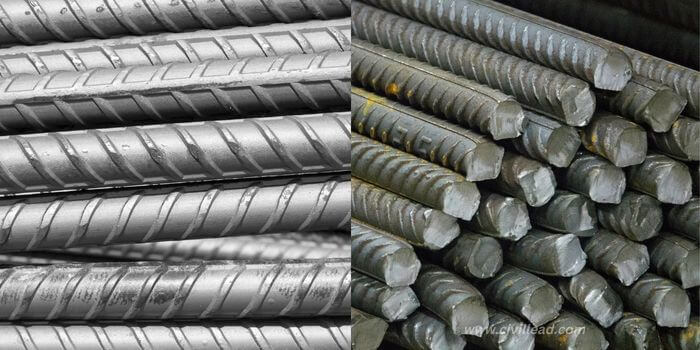For construction stones or rocks, there are several types of lab and field testing available. The physical condition of the stone materials used in buildings is often ascertained by these stone or rock tests. To find out the chemical grade of stones or construction materials, a few procedures, including the acid test, may be carried out. Below is a quick explanation of several of the well-known construction stone and rock tests:
Test of hardness
- A stone’s hardness determines how resistant it is to dents, scratches, and rebound.
- Moh’s hardness scale is used in conjunction with a pen knife to test it.
- A hardness test is also carried out in Dorry’s testing machine.
| Minerals | Moh’s Scale | Hardness test |
| Talc | 1 | easily scratched with the thumb-nail |
| Gypsum | 2 | scratched by the thumb-nail |
| Calcite/ Marbles | 3 | not scratched by thumb-nail but easily cut by knife |
| Fluorite | 4 | can be cut with a knife with greater difficulty than calcite |
| Apatite | 5 | can be cut only with difficulty by knife |
| Orthoclase/ Feldspar | 6 | can be cut with knife with great difficulty on thin edges |
| Quartz | 7 | not scratched by steel, scratches glass |
| Topaz | 8 | |
| Sapphire/ Corundum | 9 | |
| Diamond | 10 |
Test for crushing
Three cube samples of varying sizes are cut, then submerged in water for a whole day.
A crushing test machine with a loading of 13.7 N/mm2 per minute is used to test them.

Test of transverse strength
On wedge-shaped supports close to the ends of the stone is a specimen whose length is 10 times its depth. Up to failure, a vertical load applied at the center is progressively increased. The modulus of rupture, often known as the transverse strength, is calculated in MPa as follows:
W is the breaking load applied at N’s centre.
L is the number of millimetres (mm) that separate the supports.
b is the specimen block’s width in millimeters, and
d = the specimen block’s depth in millimetres
Typically, specimens with a sectional area of 25 mm square are used for transverse strength testing. The estimated ranges for common stone are as follows: sandstones between 4 and 15 MPa; limestone between 3.5 and 20 MPa; and granite between 10 and 17.5 MPa.
Impact examination
For resilience
An axial fall of a 20 N steel hammer is permitted inside the specimen.
The hardness of the stone is indicated by the blow at which the specimen fractures.
Test for fire resistance
Fire is not able to penetrate stone that doesn’t include calcium carbonate.
You can tell whether there is calcium carbonate present by looking for bubbles formed by a few drops of diluted sulfuric acid.
Test of Attrition
to ascertain the pace at which the stones are being worn.
Known by another name, the abrasion test is conducted using Deval’s Attrition Testing Machine.
Acid test
maintained in a 1% H2SO4 or HCl solution and examined for surface deposits.
When acids are applied to stones with a high proportion of lime content, efflorescence occurs.
Tests for porosity and water absorption
The frequently used stones range in porosity from 0 to 20%.
Absorption of stone (air-dry base) is the percentage of water absorbed by an air-dried stone after it is submerged in water for 24 hours.
A quality construction stone should absorb no more than 5% of water; stones that absorb 10% or more should be avoided.
After being dipped for three to four hours, sandstones should absorb no more water than 10%, 17% for limestones, and 1% for granites.
The Smith exam
There is earthy materials present, according to this test.
Test for Crystallisation:
to assess the stone’s resistance to weathering or durability.
After being submerged in a room-temperature sodium sulfate solution, a stone sample is dried using hot air.
For two hours, the process of soaking and drying is completed; any weight change is noted. A little variation in weight suggests that the stones are strong and have excellent weathering properties.







